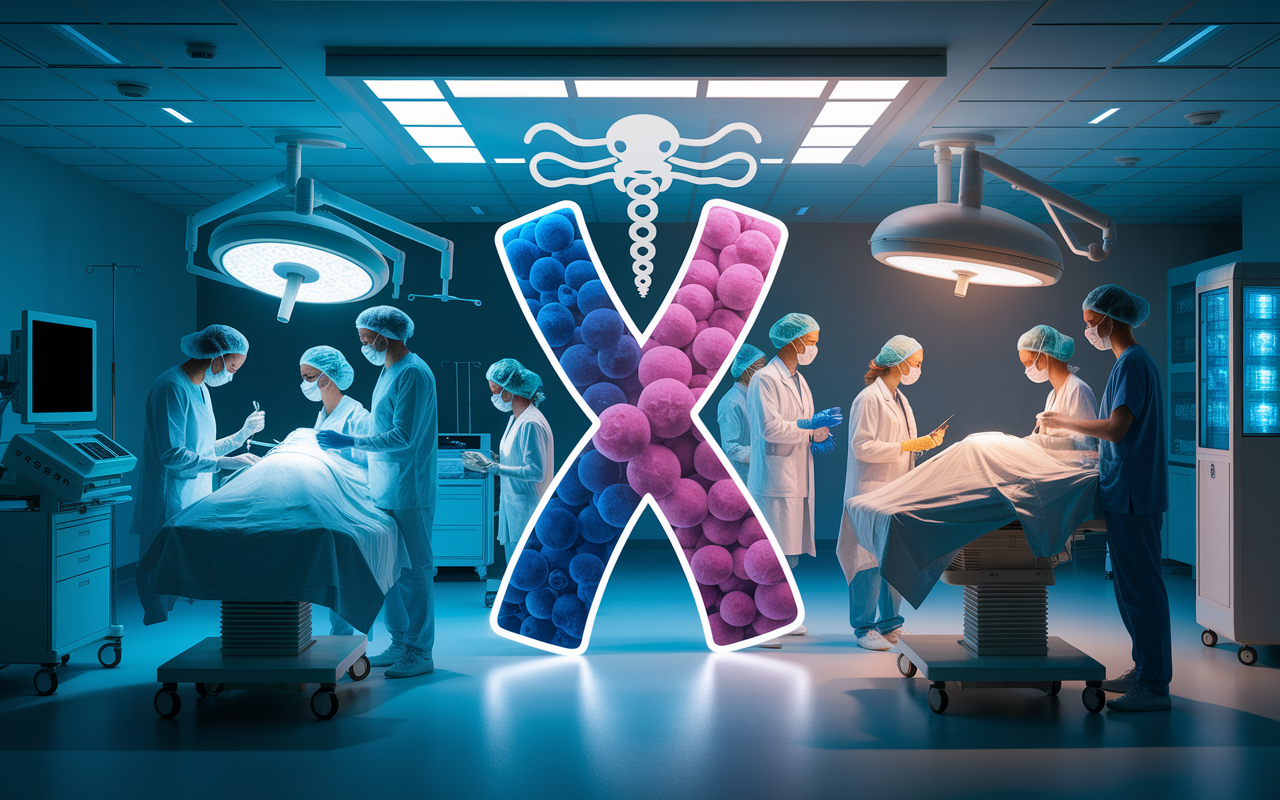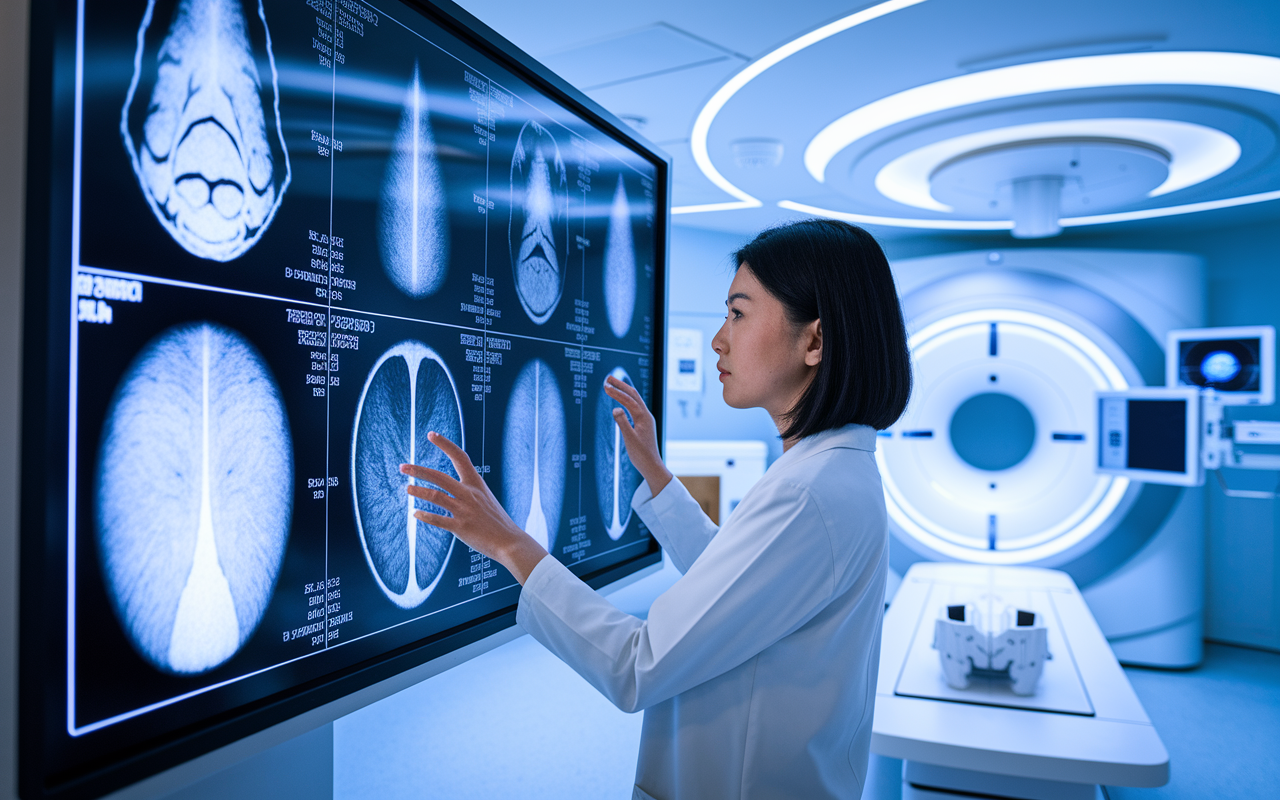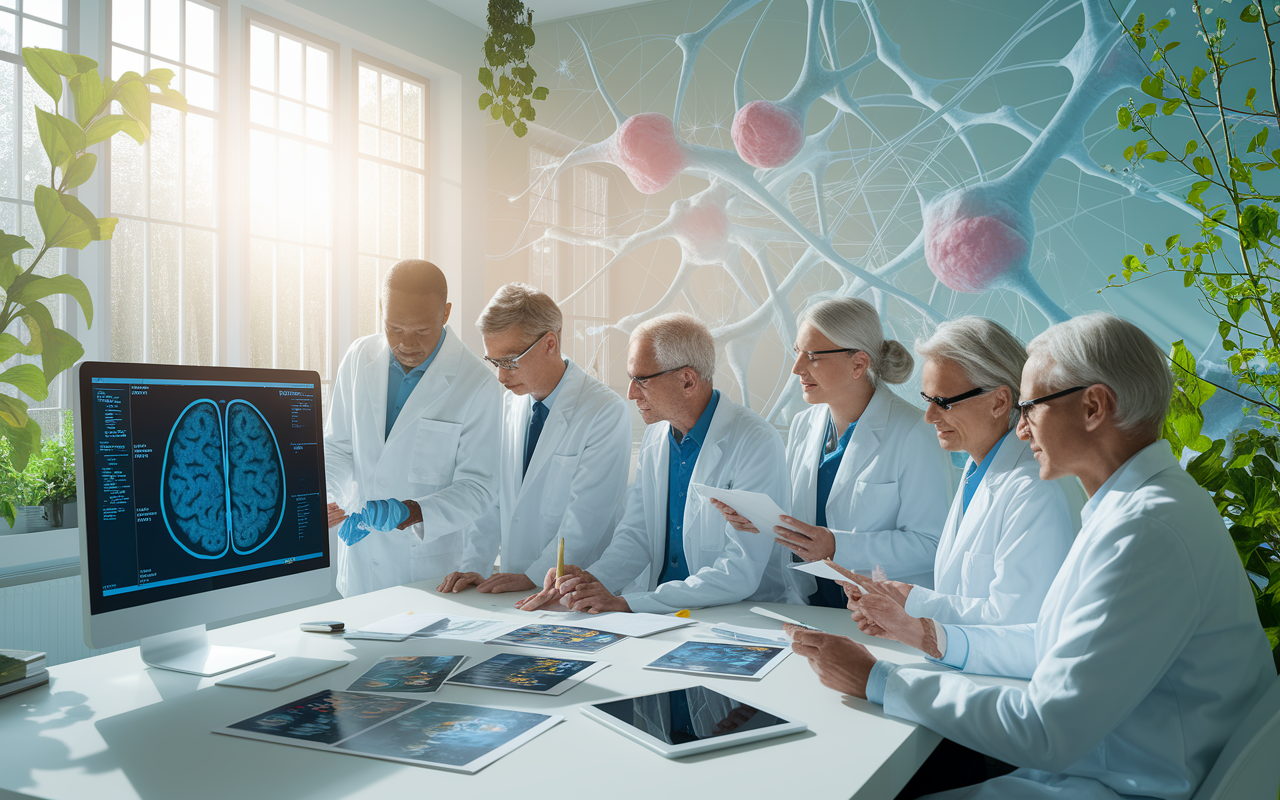Nanotechnology: Shaping the Future of Drug Delivery
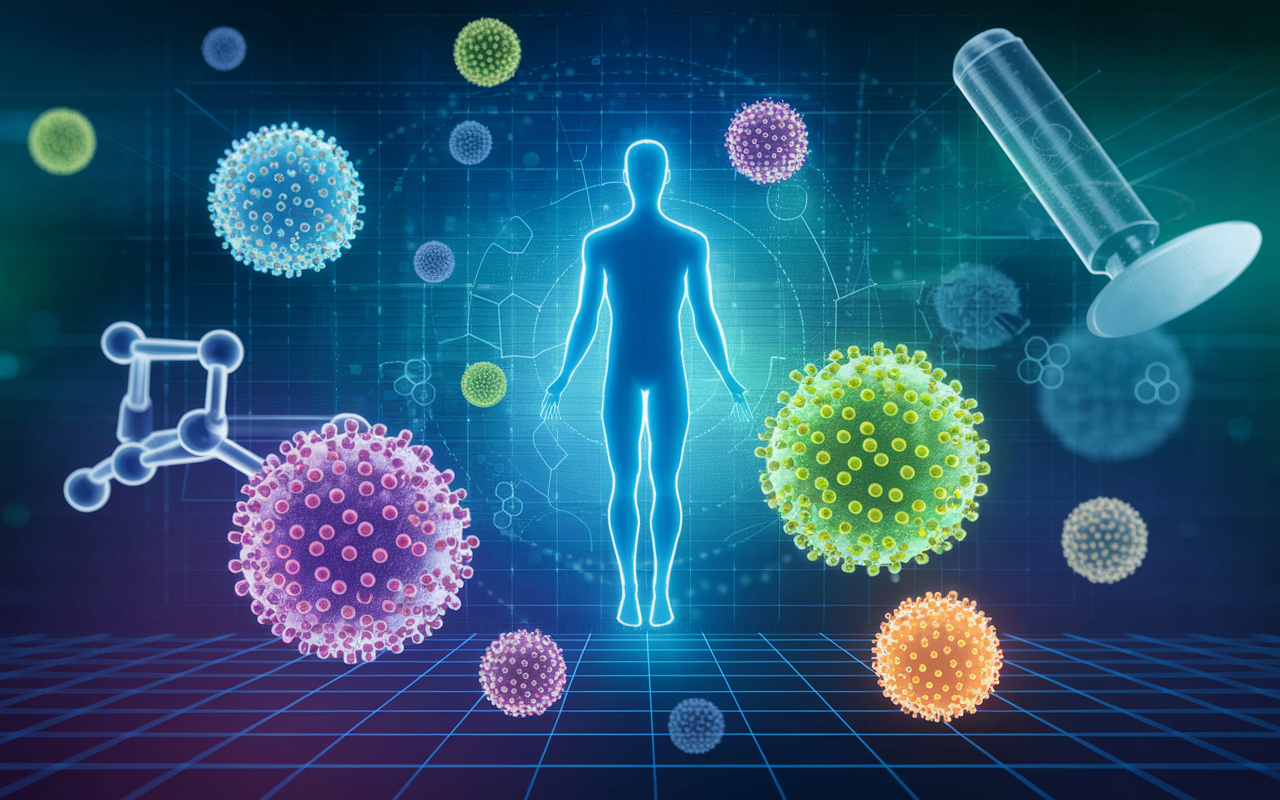
Introduction
In an era where medicine is integrating more closely with technology, the potential of nanotechnology is paving the way for significant advancements in drug delivery systems. As researchers push the boundaries of what is possible, nanotechnology emerges as a transformative force, offering targeted therapies, controlled release of drugs, and improved bioavailability. This article delves deep into the world of nanotechnology, exploring its implications on healthcare, the current advancements, real-world applications, and the challenges that lie ahead.
What is Nanotechnology?
Nanotechnology involves manipulating materials at the nanoscale, which typically ranges from 1 to 100 nanometers. For context, a nanometer is a billionth of a meter—around 100,000 times smaller than the width of a human hair. At this scale, materials often exhibit unique physical and chemical properties that differ significantly from their larger-scale counterparts. These properties can include enhanced drug solubility, increased surface area, and altered electrical, catalytic, and optical characteristics.
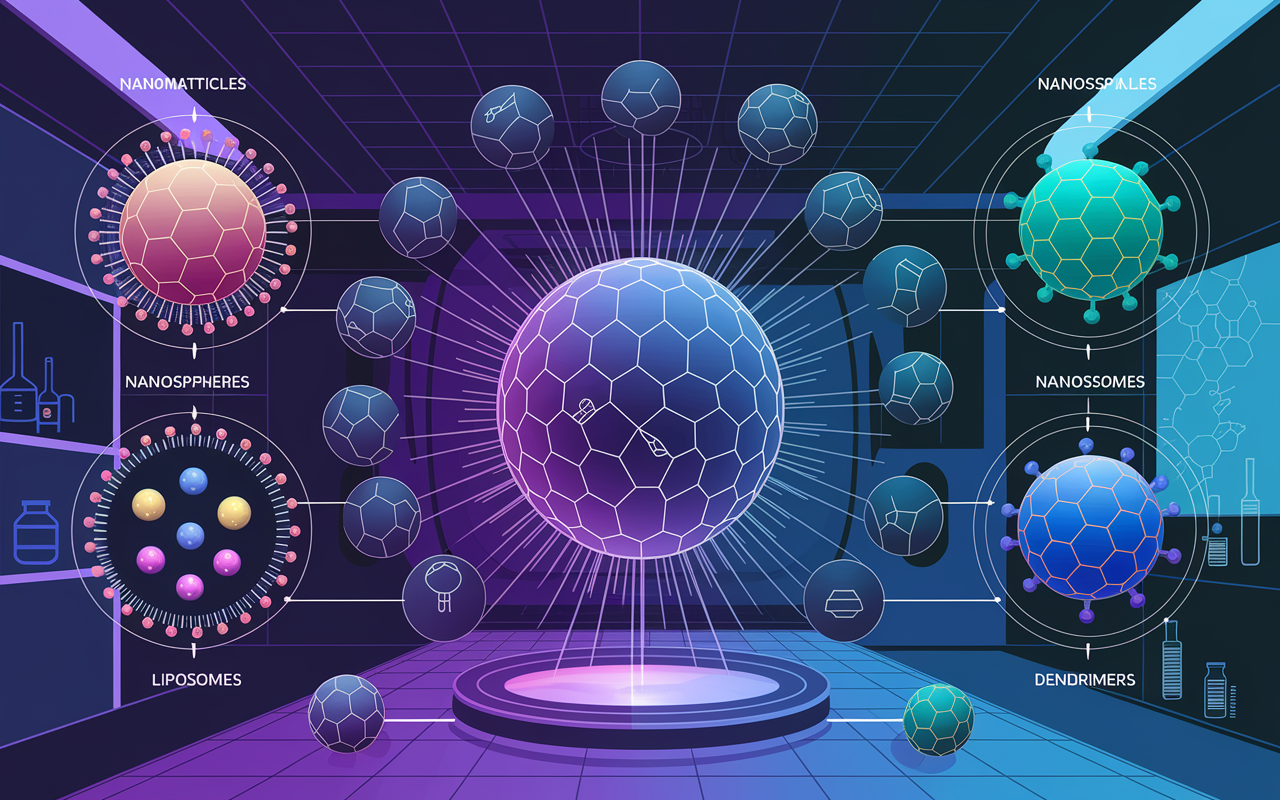
Types of Nanomaterials
Various types of nanomaterials are studied and utilized in drug delivery systems, including:
- Nanoparticles: Spherical particles designed to deliver drugs effectively.
- Nanocapsules: Enclosed structures designed to encase therapeutic agents.
- Nanospheres: Solid, spherical particles that can deliver drugs through various methods.
- Liposomes: Nanometer-sized vesicles composed of lipid bilayers, useful for encapsulating both hydrophilic and hydrophobic drugs.
- Dendrimers: Branched macromolecules used for drug delivery and diagnostics.
The Role of Nanotechnology in Drug Delivery
Targeted Drug Delivery
One of the most significant advantages of nanotechnology in drug delivery is its ability to target specific cells or tissues. Traditional drug delivery methods often result in the distribution of medications throughout the entire body, potentially leading to side effects and reduced effectiveness. In contrast, nanotechnology can engineer carriers that selectively deliver drugs directly to disease sites, such as tumors, thus enhancing therapeutic effects and minimizing toxicity.
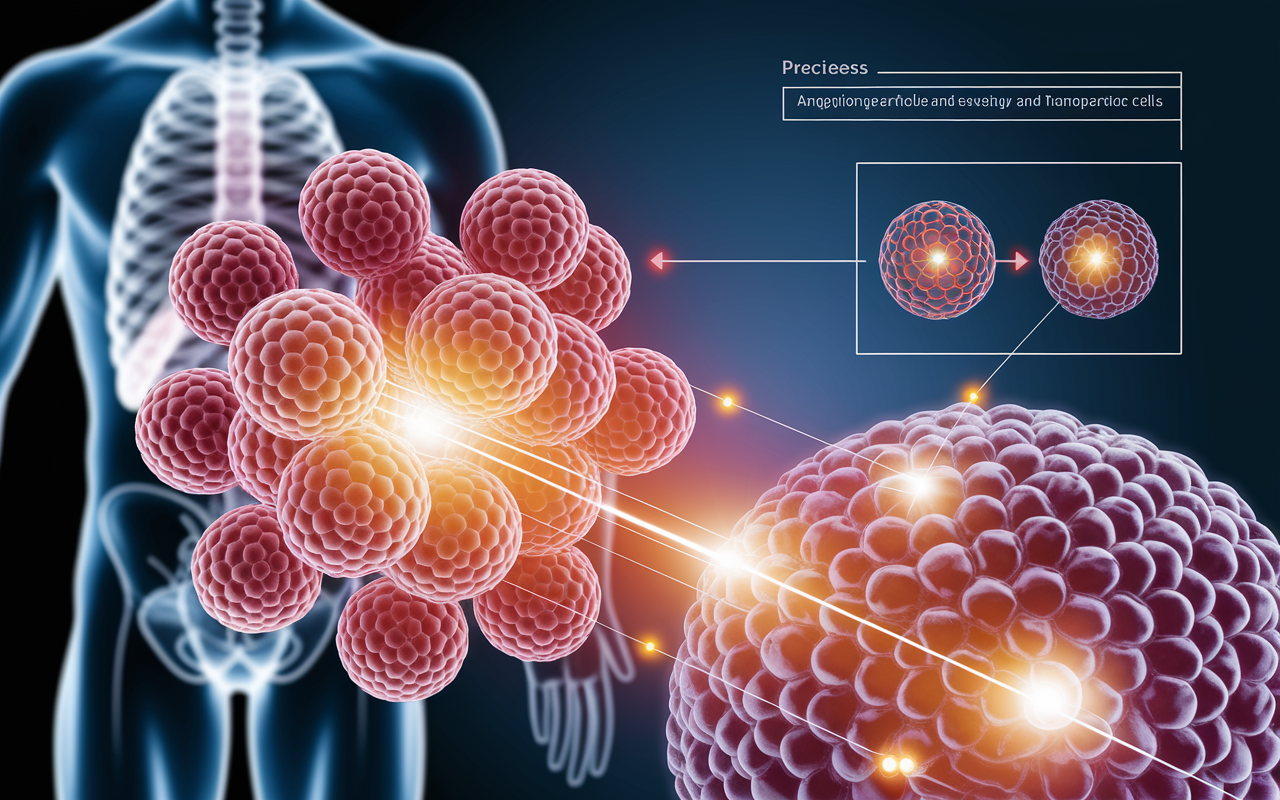
Case Study: Cancer Treatment
In cancer therapy, nanoparticles can be designed to recognize and bind to specific tumor markers on cancer cells. For example, albumin-based nanoparticles can encapsulate chemotherapeutic drugs, improving their targeting ability to tumor sites while simultaneously reducing side effects. This targeted approach can circumvent resistance mechanisms that tumors develop against systemic therapies.
Controlled Release Mechanisms
Nanotechnology allows for the development of controlled-release drug delivery systems, enhancing patient compliance and therapeutic efficacy. These systems can be programmed to release medication at a predetermined rate, ensuring that the therapeutic levels are maintained over extended periods.
Example: Biodegradable Polymeric Nanoparticles
Biodegradable polymers can encapsulate drugs and provide a controlled release profile, diminishing peak concentration side effects and sustaining drug levels in the bloodstream. This method is significant in the treatment of chronic diseases where maintaining certain drug concentrations is essential.
Enhanced Bioavailability
Nanotechnology can increase the bioavailability of poorly soluble drugs. Many drugs face challenges in dissolving and entering the bloodstream, thereby reducing their effectiveness. Nanotechnology can create formulations that enhance the solubility of these compounds, improving absorption rates.
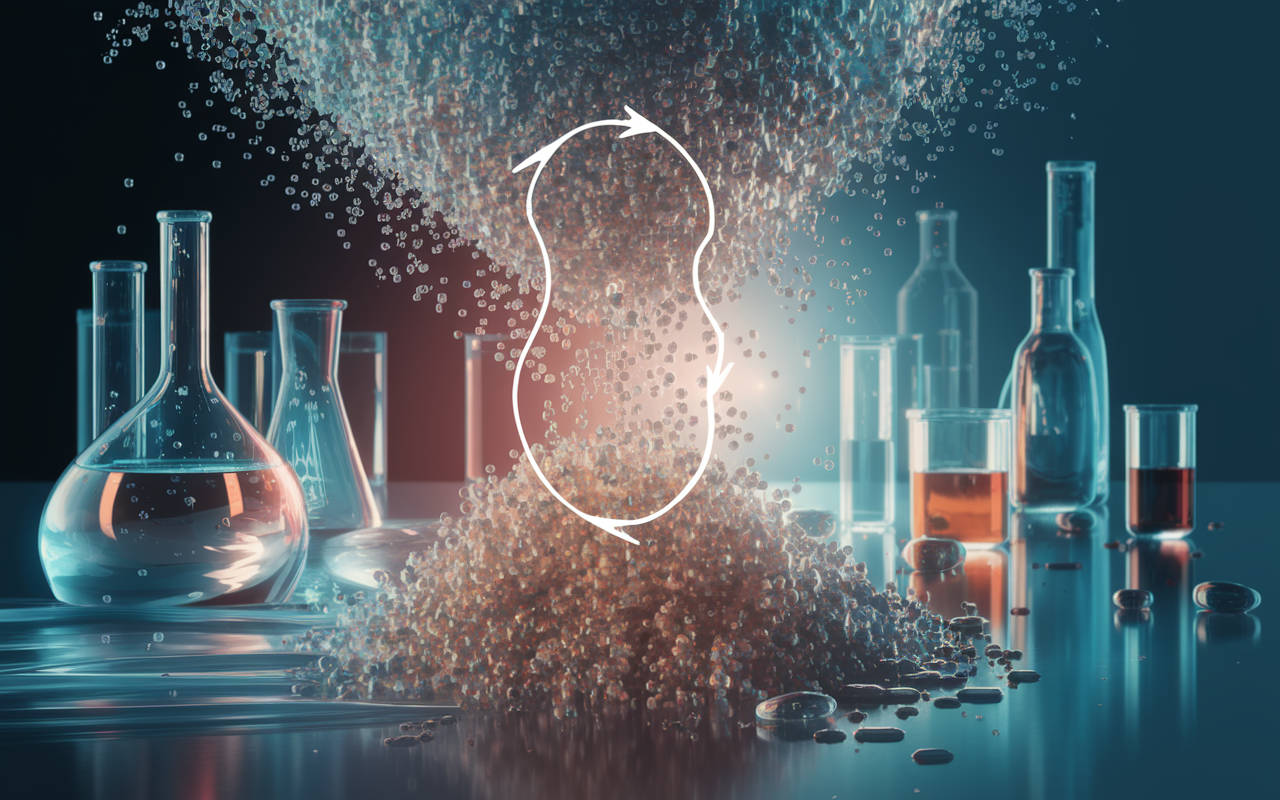
Example: Solubility Enhancement of Statins
Statins, medications used to lower cholesterol, often have low water solubility, limiting their effectiveness in certain patients. By employing nanocrystal technology, formulators can create a nanosuspension of statins that significantly improves their solubility and bioavailability, leading to better clinical outcomes.
Real-World Applications of Nanotechnology in Medicine
1. Drug-Loaded Nanoparticles
Numerous research studies have demonstrated the feasibility and efficacy of using drug-loaded nanoparticles for various therapeutic applications, from cancer to cardiovascular diseases. For instance:
- Docetaxel-Loaded Nanoparticles: In preclinical models, docetaxel-loaded PLGA (poly(lactic-co-glycolic acid)) nanoparticles displayed enhanced anti-cancer activity in breast cancer models compared to free docetaxel.
2. Gene Therapy
Nanotechnology is also at the forefront of gene therapy, providing carriers for DNA and RNA therapeutics. Nanocarriers made from lipids or polymers encapsulate genetic material and deliver it to target cells, holding the potential to treat genetic disorders and certain cancers.
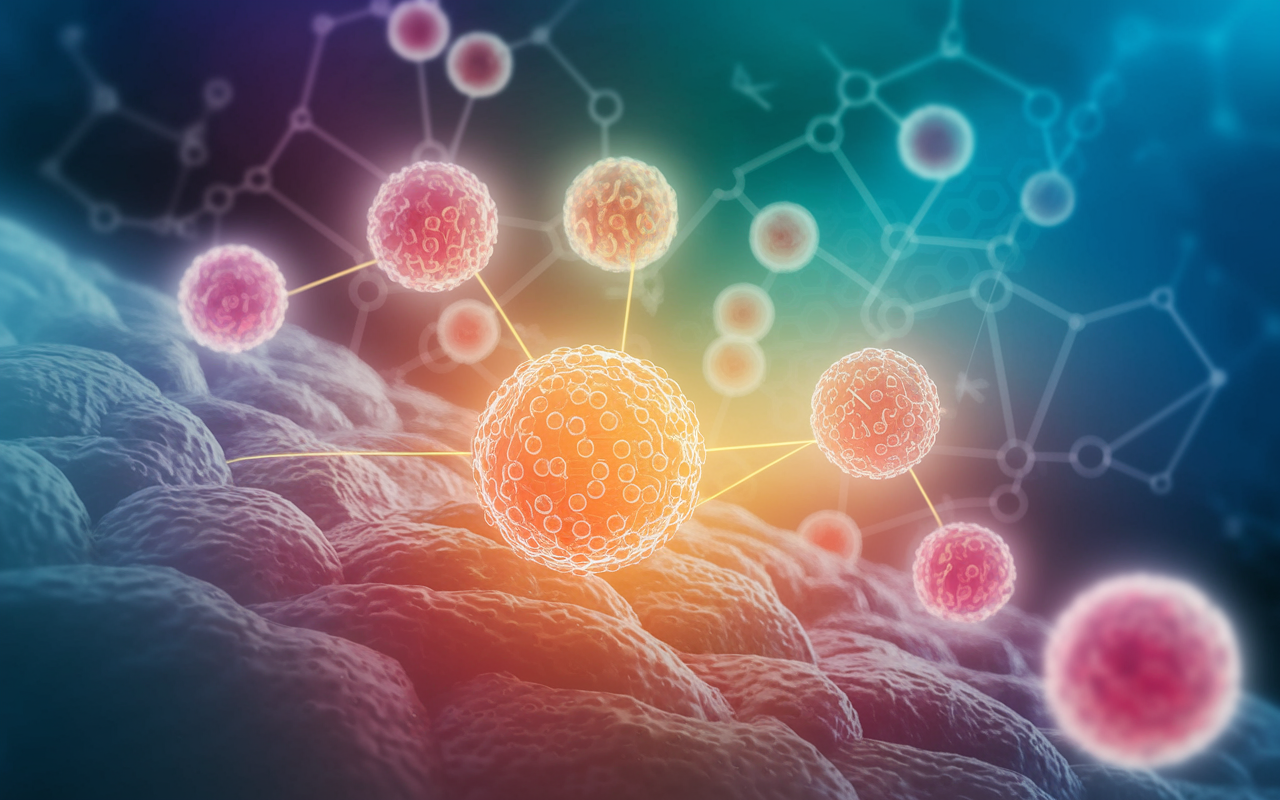
Example: Lipid-based Nanoparticles for mRNA Vaccines
The COVID-19 mRNA vaccines developed by Pfizer-BioNTech and Moderna utilize lipid nanoparticles to deliver synthetic mRNA into human cells. This technique effectively demonstrated how nanotechnology could revolutionize vaccine development and delivery.
3. Antibody-Drug Conjugates (ADCs)
ADC therapy employs a monoclonal antibody linked to a cytotoxic drug. Nanotechnology allows for the optimization of the linker and payload size, making it easier to target and combat cancer cells specifically.
Challenges and Considerations
Despite the promising applications of nanotechnology in drug delivery, several challenges remain:
1. Safety and Toxicity Concerns
The long-term health impacts of nanomaterials need to be better understood. Concerns regarding their toxicity and potential for accumulation in vital organs necessitate thorough preclinical and clinical evaluations.
2. Regulatory Hurdles
The emerging nature of nanotechnology means that regulatory frameworks may need adapting to ensure safety patterns are met before new formulations can be approved for clinical use.
3. Cost and Manufacturing
While nanotechnology designs often lead to enhanced therapeutic outcomes, the cost and complexity of producing these tailored nanomaterials at scale can be prohibitive.
4. Market Acceptance
There is a need for greater awareness and acceptance of nanotechnologies within the healthcare community and society at large. Educational initiatives to inform practitioners and patients of the benefits and risks of nanomedicine are essential.
Conclusion
Nanotechnology is undeniably a game-changer in drug delivery systems, offering unprecedented capabilities for targeted treatment, controlled release, and improved bioavailability. As researchers and practitioners continue to explore its full potential, society may see a new era where disease-specific therapies become the standard, improving patient outcomes and revolutionizing the healthcare industry. While challenges remain, the future appears promising, with nanotechnology at the forefront of shaping how we approach medicine and patient care.
FAQs
What is nanotechnology in medicine?
Nanotechnology in medicine involves using nanoscale materials (1-100 nanometers) to improve drug delivery, treatment, diagnostics, and other health-related applications.
How does nanotechnology improve drug delivery?
Nanotechnology enhances drug delivery by allowing for targeted therapy, controlled drug release, and improved solubility and bioavailability of medications.
Are there any risks associated with using nanotechnology in drug delivery?
Yes, potential risks include toxicity, long-term health effects that are still not fully understood, and regulatory challenges.
What are some applications of nanotechnology in healthcare?
Applications of nanotechnology in healthcare include targeted cancer therapies, gene delivery systems, improved vaccine delivery, and the development of antibody-drug conjugates (ADCs).
Why is nanotechnology significant in the development of mRNA vaccines?
Nanotechnology, specifically lipid nanoparticles, plays a crucial role in delivering mRNA into cells efficiently, enhancing the effectiveness of vaccines like those for COVID-19.
For those interested in learning more about drug delivery and advancements in nanotechnology, consider exploring our other articles on related medical innovations and techniques.

SmartPick - Residency Selection Made Smarter
Take the guesswork out of residency applications with data-driven precision.
Finding the right residency programs is challenging, but SmartPick makes it effortless. Our AI-driven algorithm analyzes your profile, scores, and preferences to curate the best programs for you. No more wasted applications—get a personalized, optimized list that maximizes your chances of matching. Make every choice count with SmartPick!
* 100% free to try. No credit card or account creation required.

